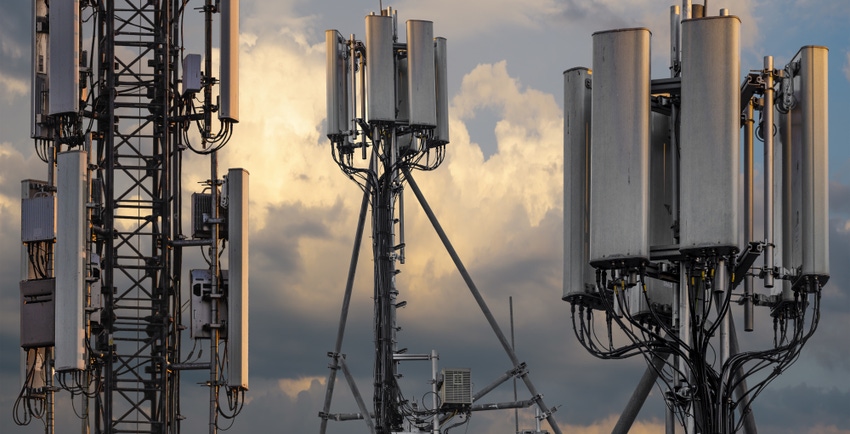Two relative RAN outsiders will develop next-gen DU for Rakuten Mobile’s ‘end-to-end’ virtualized mobile proposition abroad.
October 27, 2021

By Ken Wieland
Two relative RAN outsiders will develop next-gen DU for Rakuten Mobile’s ‘end-to-end’ virtualized mobile proposition abroad.
Rakuten Symphony, since it was launched in August, has inevitably attracted lots of pun attention from journalists and editors, so it would be rude not to. Intel and Juniper Networks have announced a partnership with Rakuten Symphony to develop what it calls a “next-gen distributed unit”, or DU, that is fit-for-purpose in a cloud native and open RAN environment.
It will be another operator option provided by Rakuten Symphony, which is aimed at exporting abroad the learnings gleaned from Rakuten Mobile’s rollout of a “fully virtualized” mobile network in Japan, when the next-gen DU becomes available (slated for the first half of next year).
Having open interfaces between the DU and radio unit (RU) is of course essential in loosening the grip of established and so-called “monolithic vendors” on the RAN market. Intel and Juniper, via their partnership with Rakuten Symphony, are aiming to stamp on the toes of Ericsson, Nokia and Huawei.
All-singing, all-dancing
According to the official announcement from Intel and Juniper, there seems little that the next-gen DU can’t ‘du’.
We’re told that it combines the containerized cell site routing functionality and a containerized DU on a single general purpose server platform, “which significantly reduces the capital and operating expenditures for an operator.”
Moreover, by “offering consistent carrier-grade routing stack across both physical and virtual RANs”, the solution “readily enables 5G network slicing features both in RAN and transport domains including slice isolation, slice monitoring and dynamic traffic steering through segment routing.”
If that wasn’t enough, the next-gen DU “supports automation with zero-touch provisioning, rolling updates, telemetry and analytics for all the components, and is based on Kubernetes ecosystem for orchestration and networking.”
All this may true, but until it is up and running in a commercial and live network, and demonstrably interoperates with RUs from different vendors, there seems no way to tell.
Another potential sticking point is network slicing. There’s still lots of under-the-hood industry work needed before an off-the-shelf network slicing solution, which works between different networks, becomes available. Although next-gen DUs are clearly important for broadening RAN ecosystems and supporting network slicing, there’s a much bigger picture to consider.
It may be some time before Rakuten Symphony reaches crescendo.
You May Also Like






.png?width=300&auto=webp&quality=80&disable=upscale)


_1.jpg?width=300&auto=webp&quality=80&disable=upscale)


.png?width=800&auto=webp&quality=80&disable=upscale)